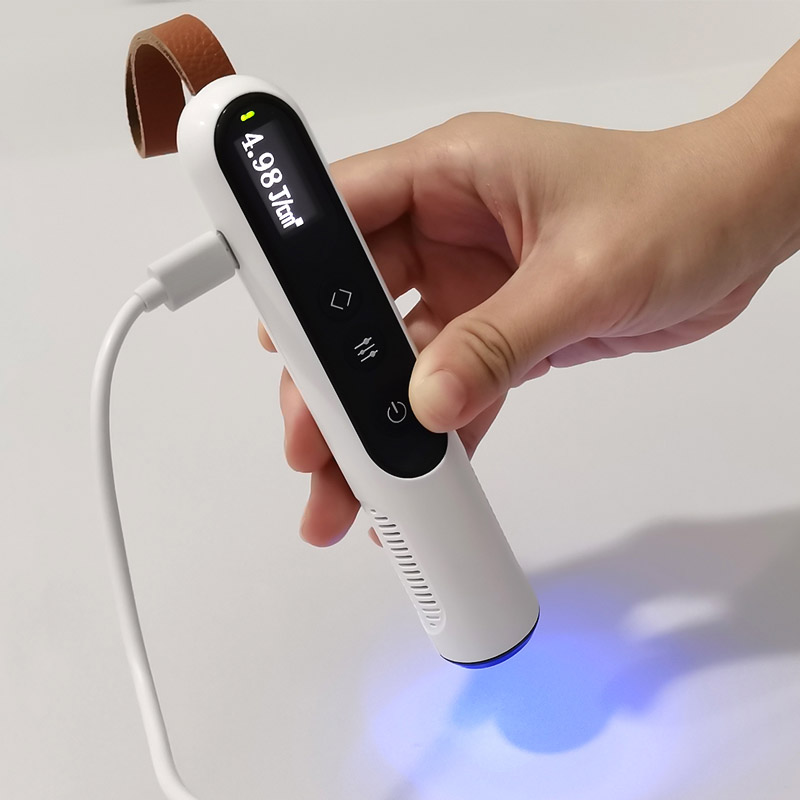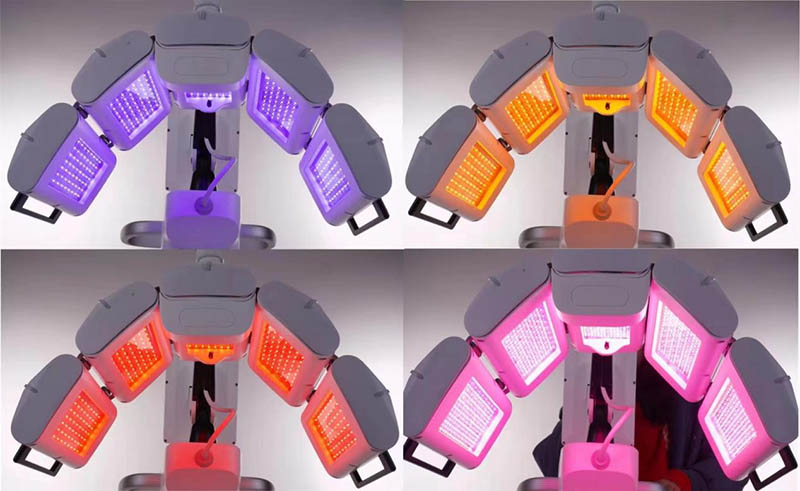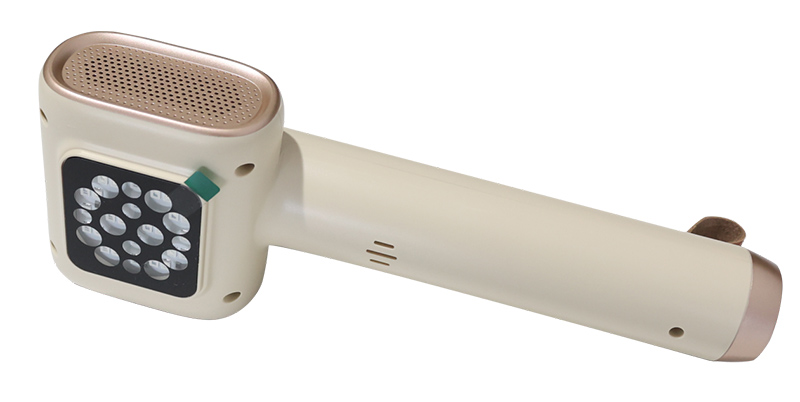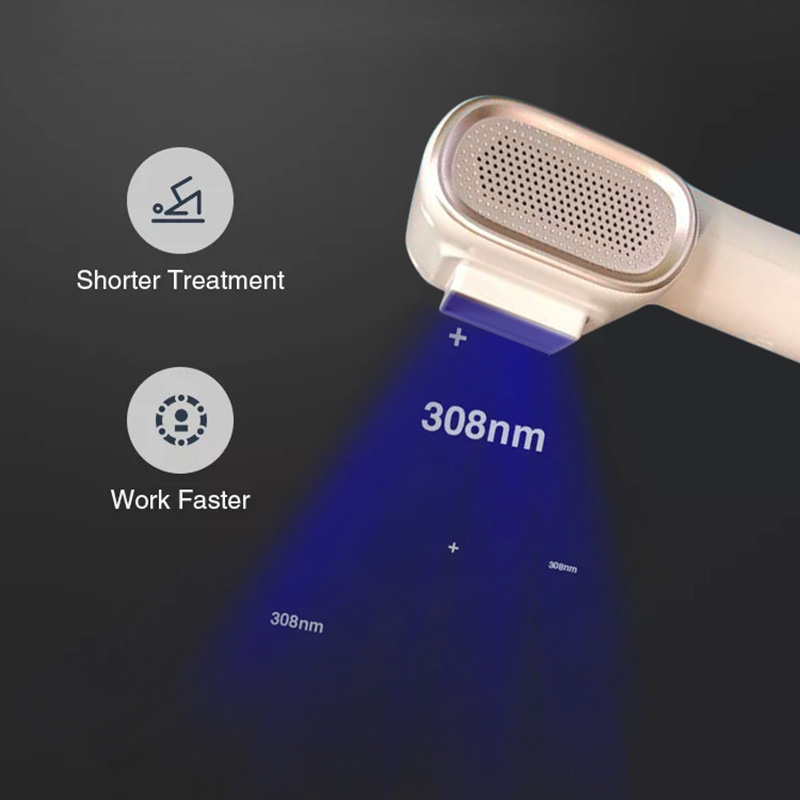This includes:
● psoriasis
● eczema (atopic dermatitis)
● chronic hives (chronic idiopathic urticaria)
● itchy skin (pruritus)
● vitiligo
● lichen planus
● newborn (neonatal) jaundice
● depression
● rickets
● seasonal affective disorder (SAD)
● Sézary syndrome
● skin rashes
● sleep disorders
Depending on the severity of your condition, your doctor might suggest additional treatments prior to or alongside phototherapy.
Phototherapy is typically administered by a dermatologist in a doctor’s office or specialty clinic. Your experience will depend on what type of phototherapy your doctor prescribed, what condition you have, and where the problem areas are located.
a whole-body chamber
a handheld wand like pictures UVB therapy
a smaller panel (for hands and feet)
a whole-body panel
a tabletop lamp
a specialized blue light blanket for newborns


Your initial dose and length of exposure are determined by your skin type. You can expect your doctor to gradually increase the dose as treatment progresses.
If you receive whole-body phototherapy, you’ll be required to wear UV-filtering goggles and cover your face and genitals. You may also be asked to avoid moisturizer, perfume, and cologne prior to your phototherapy session.
Phototherapy can sometimes be done at home. If you’re doing phototherapy at home, you’ll be instructed to spend a set amount of time exposing yourself to the artificial light from the phototherapy device.
If you use a handheld wand, you might be instructed to apply it only to affected areas, such as psoriasis plaques.
You can minimize the side effects of phototherapy by taking care of your skin after each session. This might include:
● applying lotion twice daily
● using a mild soap
● taking short showers
● avoiding hot water in the shower
● only showering once per day
The effectiveness of phototherapy depends on the condition being treated. For skin conditions such as psoriasis and eczema, phototherapy is highly effective.
About 50% to 90%Trusted Source of people with psoriasis experience symptom relief or remission following light therapy.
However, the American Academy of Dermatology notes that phototherapy works best for people who are able to make it to their regular appointments. To see improvement, you may need to attend phototherapy sessions 2 to 5 days a week.
A 2021 reviewTrusted Source reported on several studies that showed UVB treatment led to a 60% reduction in eczema symptom severity in children. A smaller studyTrusted Source in children with eczema found that after phototherapy, 76% experienced clear or almost-clear skin. About 53% still had clear skin at their 12-month follow-up.
Phototherapy is safe, though it can cause short-term side effects. Most are mild, and may include:
● redness
● dryness
● tenderness
● pain
● tightness
● itching
● blistering
If you take medication alongside phototherapy, you might experience additional side effects. For example, PUVA treatment has been linked to nausea, feeling unwell, and fever.
In the long term, phototherapy can make your skin age faster, causing coarseness, wrinkling, or looseness.

According to a 2019 review, UVB phototherapy is not linked to an increased risk of skin cancer. PUVA treatment, however, has been linked to an increase in squamous cell carcinoma, particularly after many phototherapy sessions. As a result, it’s not prescribed as frequently.

Can I do phototherapy at home?
Some forms of phototherapy can be done at home. For example, if your light therapy prescription requires a handheld device, lightbox, or tabletop lamp, you can do it at home. For full-body phototherapy, you’ll have to visit a medical clinic.
How many phototherapy treatments will I need?
It depends on your condition. For example, if you have moderate or severe psoriasis, doctors recommend approximately 3 sessions per week for up to 12 weeks to see an improvement.
How does phototherapy work for jaundice?
Phototherapy helps to treat jaundice in newborns by aiding the body to break down a chemical called bilirubin. As bilirubin is broken down, it can be excreted in the urine and feces.
Can jaundice come back after phototherapy?
Newborn jaundice can return after phototherapy. If you return home from the hospital and find your baby is still showing signs of jaundice, you should contact a doctor right away. Your newborn may have to receive more phototherapy, and possibly other treatments.